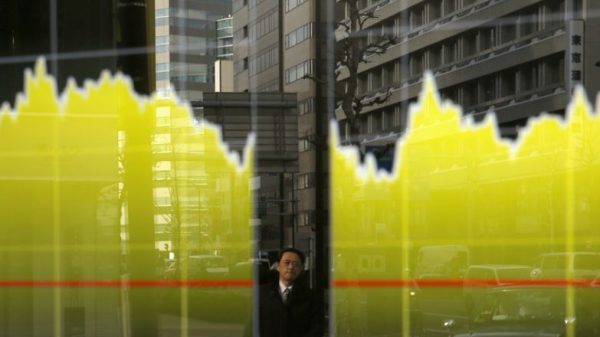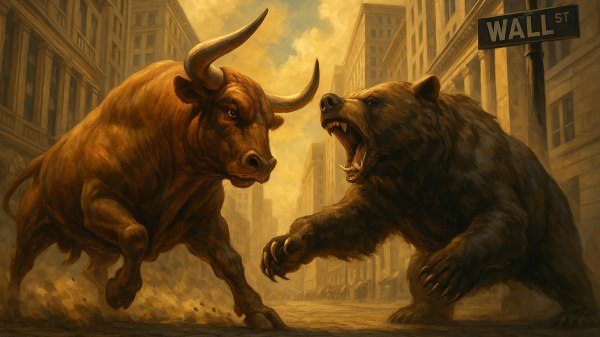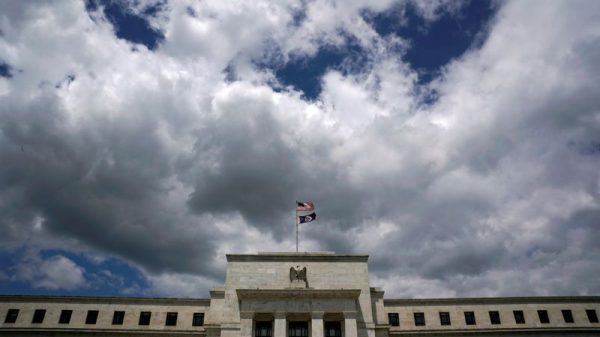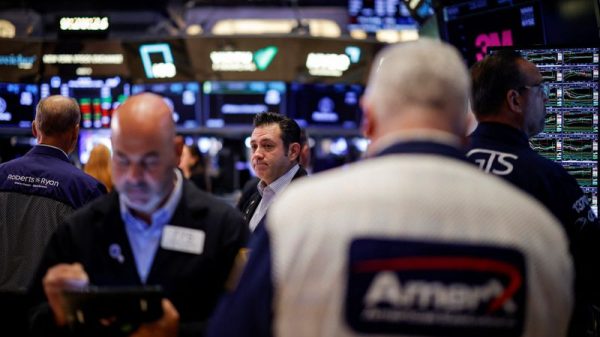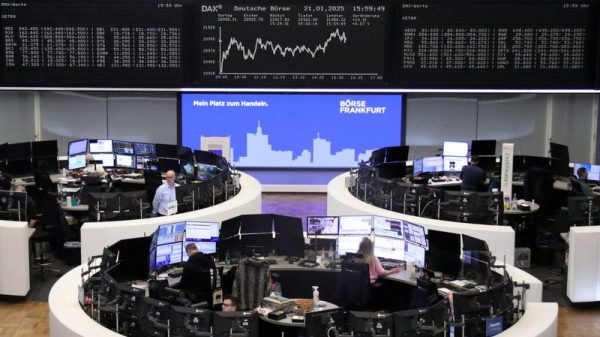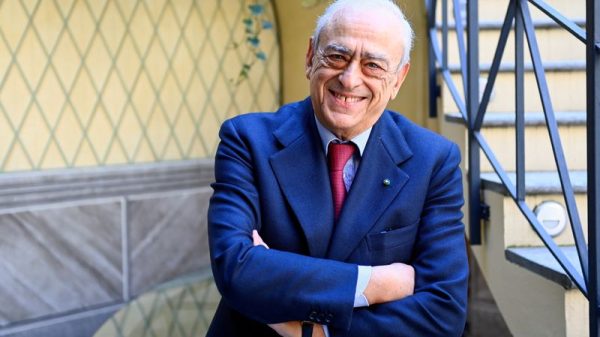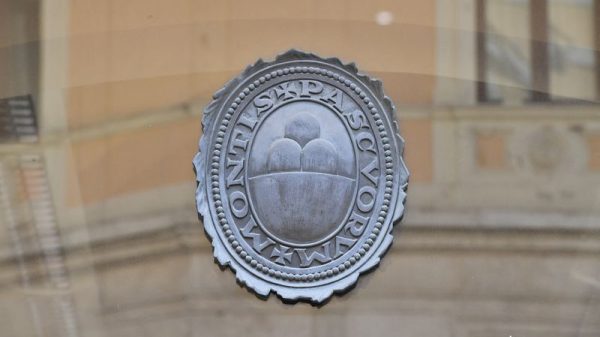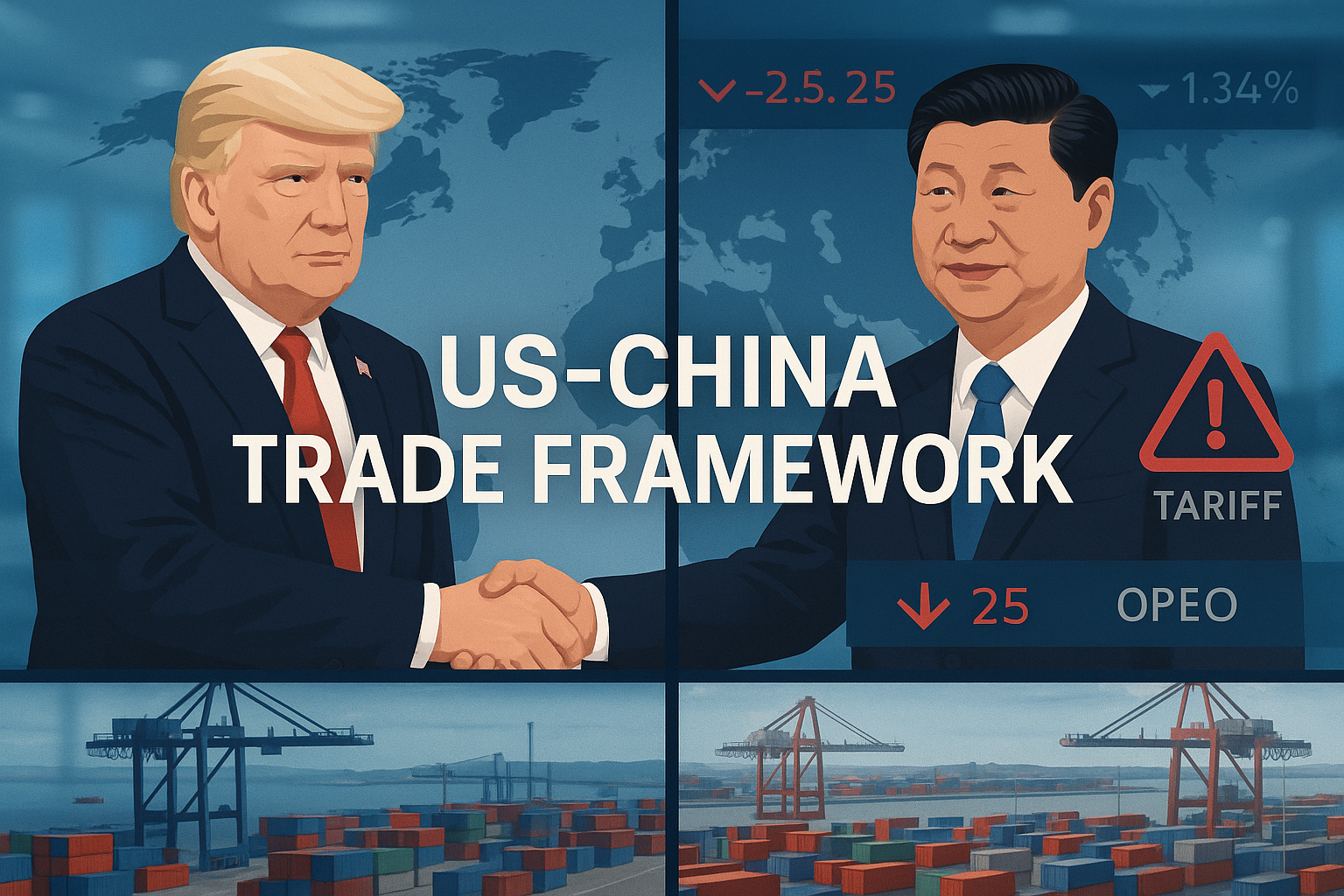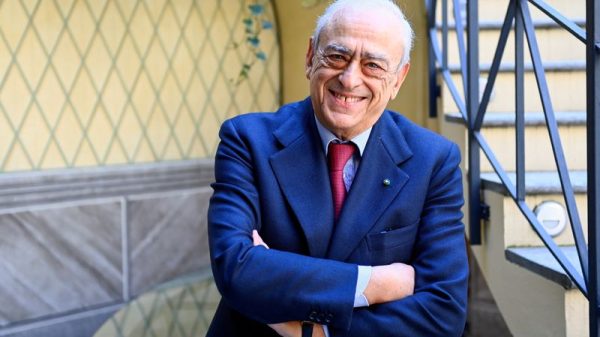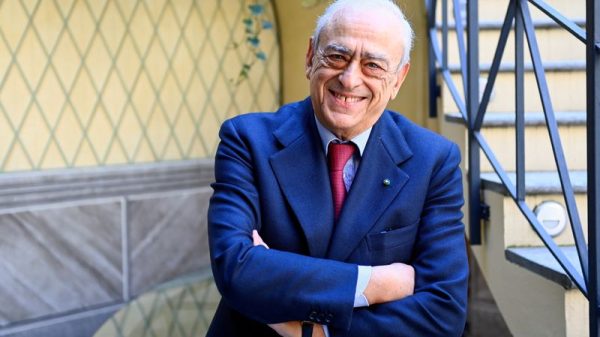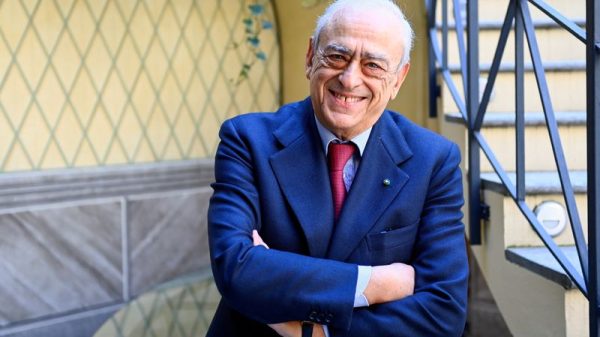US President Donald Trump and China’s Xi Jinping moved a step closer to a negotiated settlement on trade after senior officials said they had sketched a framework agreement.
US negotiators told reporters that a previously floated 100% tariff on Chinese goods is unlikely to be imposed if the framework holds.
The outline reached in Kuala Lumpur now requires final approval by the two presidents at an upcoming summit scheduled on Thursday in South Korea.
Markets and exporters reacted with relief as the prospect of a sudden tariff shock eased.
US-China trade deal: Framework eases immediate tariff threat
Senior US and Chinese officials convened on the sidelines of the ASEAN meetings in Kuala Lumpur and reported what they described as a “preliminary consensus” on a set of trade and technology issues.
The negotiators said the package includes commitments on export controls, rare earths, and steps intended to restart agricultural purchases that Beijing had curtailed.
Most notably, US officials signalled that the extreme option of a 100% tariff, proposed earlier as leverage against Beijing’s export curbs, is effectively “off the table” while the talks proceed.
Treasury Secretary Scott Bessent framed the accord as a pause that preserves room for a leaders’ summit to convert the framework into a binding text.
The administration described the move as designed to avoid abrupt disruption to global supply chains and to give negotiators space to hammer out verification mechanisms.
Traders and many business groups welcomed the detente. Equities steadied and commodity-linked sectors such as agriculture and shipping saw the clearest near-term benefit, reflecting hopes that China will resume larger soybean and other farm imports.
Analysts cautioned, however, that market calm depends on timely, transparent follow-through.
Trump-Xi meeting: Remaining hurdles and political risks
Despite the upbeat statements, the deal is far from final. Officials must translate broad understandings into detailed clauses covering timelines, enforcement, and verification.
Those technical provisions are likely to determine whether the agreement is durable or merely a temporary truce.
Political dynamics on both sides complicate the route to a signed accord.
In Washington, lawmakers and industry lobbyists will scrutinise any concessions on technology and national security controls; in Beijing, officials are sensitive to perceived encroachments on industrial policy.
Hardliners in either capital could use implementation disputes to derail progress.
Specific flashpoints remain unresolved. Controls on rare earth minerals, rules governing sensitive technology exports, and a proposed structural solution for TikTok were all discussed but not finalised.
Observers say these items will be tests of the two sides’ willingness to accept external verification and third-party monitoring where necessary. Failure to agree on clear, enforceable mechanisms would leave the gains fragile.
For businesses and consumers, the stakes are practical. A durable agreement would lower the risk of sudden cost increases, allow firms to plan supply chains with greater certainty, and restore demand for US farm exports.
By contrast, a breakdown at the leaders’ meeting would quickly revive market volatility and raise the prospect of further protectionist moves.
The post Trump-Xi meeting: US rules out 100% tariff on China as trade deal consensus reached appeared first on Invezz

